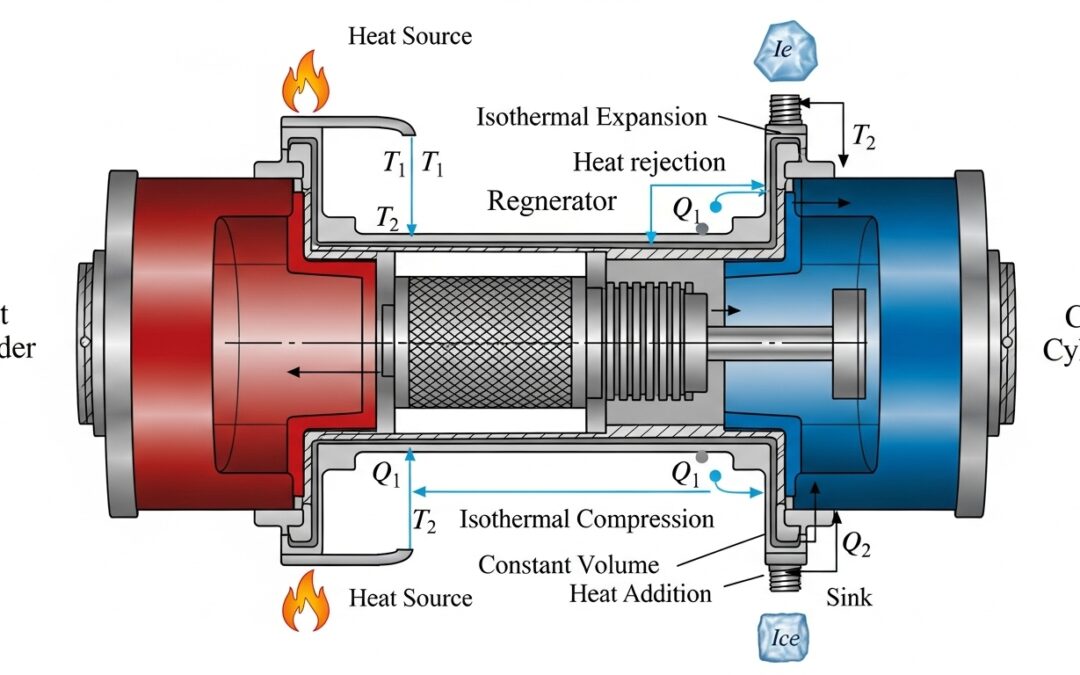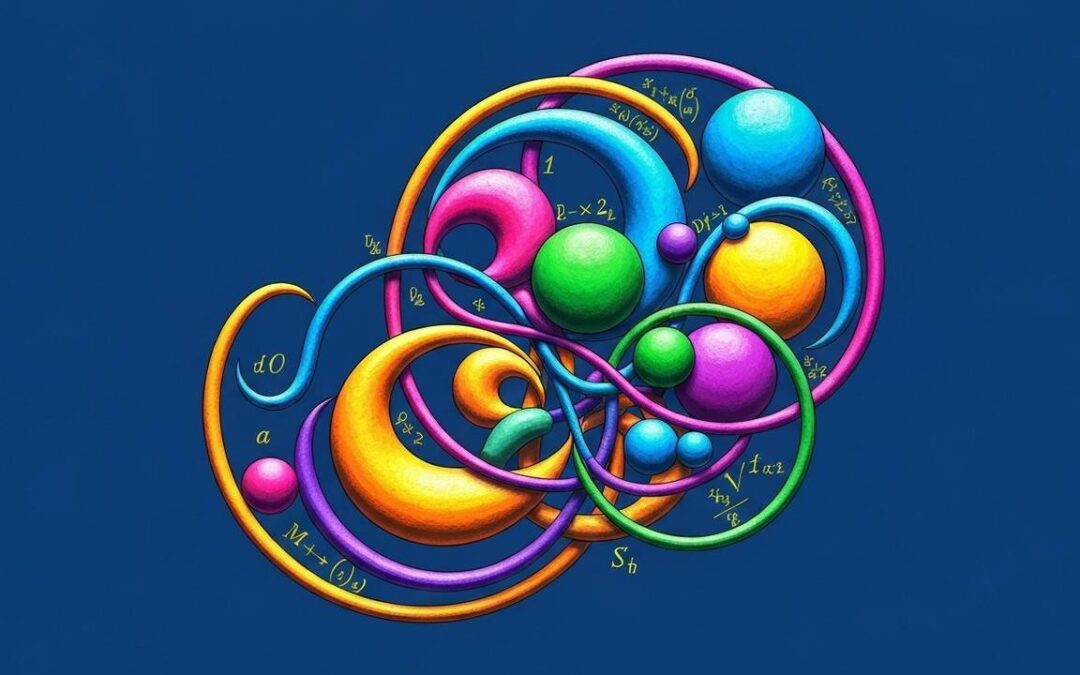Exploring function sections offers a powerful way to dissect and understand multi-variable functions. By fixing one variable, we create a function section that reveals the behavior of the original function with respect to the remaining variables. This technique simplifies analysis and provides insights into complex relationships. Understanding function sections is crucial for calculus and functional programming. This approach, closely related to currying, allows for modular and reusable code, enhancing our problem-solving capabilities.
Table of Contents
- Understanding Function Sections
- Currying and Function Sections
- Applications of Function Sections
- Examples of Function Sections
- Notation for Function Sections
- Similar Problems and Quick Solutions
- Problem 1: Find the section of ##f(x, y) = x^3 + y## when ##x = 1##.
- Problem 2: Find the section of ##f(x, y) = e^{xy}## when ##y = 0##.
- Problem 3: Find the section of ##f(x, y) = \sin(x) + \cos(y)## when ##x = \pi/2##.
- Problem 4: Find the section of ##f(x, y) = \frac{x}{y}## when ##y = 2##.
- Problem 5: Find the section of ##f(x, y) = \ln(x) + y^2## when ##x = e##.
More from me
In mathematics, particularly when dealing with functions of multiple variables, the concept of isolating one variable to analyze the function’s behavior with respect to the others is fundamental. This technique, often referred to as creating a function section, allows us to simplify complex functions and understand their properties more effectively. Let’s explore this concept in detail.
Understanding Function Sections
Consider a function ##f(x, y)##, where ##x## belongs to a set ##\mathcal{X}## and ##y## belongs to a set ##\mathcal{Y}##, and the function maps these pairs to real numbers. We can define a new function, ##g_x(y) = f(x, y)##, where ##x## is held constant. This new function, ##g_x##, is called a section of ##f##. Understanding function sections helps in visualizing and analyzing multi-variable functions.
The function section ##g_x(y)## essentially represents a slice of the original function ##f(x, y)##, taken along a constant value of ##x##. By analyzing these sections, we can gain insights into how the function behaves as ##y## varies for a fixed ##x##. This is particularly useful in optimization problems and in understanding partial derivatives. The concept of function sections is critical.
Currying and Function Sections
The process of transforming a function that takes multiple arguments into a sequence of functions that each take a single argument is known as currying. In the context of ##f(x, y)##, currying would involve creating a function that takes ##x## as an argument and returns another function that takes ##y## as an argument. Currying relates closely to function sections.
While the term “currying” is often used when ##x## is allowed to vary, the concept is closely tied to function sections. When ##x## is fixed, ##g_x(y)## can be seen as a restriction of ##f## to a specific value of ##x##. This distinction is important because it highlights the difference between fixing a variable and transforming the function’s structure. Function sections and currying both offer powerful tools.
Applications of Function Sections
Function sections are widely used in various fields, including calculus, analysis, and computer science. In calculus, they help in understanding partial derivatives, where we examine how a function changes with respect to one variable while holding others constant. This is a direct application of the function section concept. Function sections are essential in many areas.
In computer science, particularly in functional programming, currying and function sections are used to create more modular and reusable code. By breaking down functions into smaller, single-argument functions, we can create more flexible and composable code. This modularity is crucial for building complex systems. Understanding function sections helps in building robust applications.
Examples of Function Sections
Consider the function ##f(x, y) = x^2 + y^2##. If we fix ##x = 2##, then the function section is ##g_2(y) = 4 + y^2##. This is a simple quadratic function in terms of ##y##. Analyzing such sections can reveal the function’s behavior along different lines. Function sections simplify analysis.
Another example is ##f(x, y) = xy##. If we fix ##y = 3##, then the function section is ##g_x(3) = 3x##, which is a linear function in terms of ##x##. By examining these sections, we can understand how the function scales linearly with each variable. Function sections provide clarity.
Notation for Function Sections
A common notation for representing function sections is ##f(x, \cdot)##, which denotes the function ##g_x(y) = f(x, y)## with ##x## held constant. This notation is particularly useful when discussing function spaces and operators. The notation ##f(x, \cdot)## is widely accepted.
Similarly, ##f(\cdot, y)## represents the function ##h_y(x) = f(x, y)## with ##y## held constant. These notations help in clearly defining which variable is being held constant and which is varying. Consistent notation enhances understanding. Function sections benefit from clear notation.
Similar Problems and Quick Solutions
Problem 1: Find the section of ##f(x, y) = x^3 + y## when ##x = 1##.
Solution: ##g_1(y) = 1 + y##
Problem 2: Find the section of ##f(x, y) = e^{xy}## when ##y = 0##.
Solution: ##g_x(0) = 1##
Problem 3: Find the section of ##f(x, y) = \sin(x) + \cos(y)## when ##x = \pi/2##.
Solution: ##g_{\pi/2}(y) = 1 + \cos(y)##
Problem 4: Find the section of ##f(x, y) = \frac{x}{y}## when ##y = 2##.
Solution: ##g_x(2) = \frac{x}{2}##
Problem 5: Find the section of ##f(x, y) = \ln(x) + y^2## when ##x = e##.
Solution: ##g_e(y) = 1 + y^2##
| Concept | Description | Example |
|---|---|---|
| Function Section | A function derived from a multi-variable function by holding one variable constant. | Given ##f(x, y) = x^2 + y^2##, the function section with ##x = 2## is ##g_2(y) = 4 + y^2##. |
| Currying | Transforming a function that takes multiple arguments into a sequence of single-argument functions. | Currying ##f(x, y)## results in a function that takes ##x## and returns a function that takes ##y##. |
| Notation | Common notations for function sections. | ##f(x, \cdot)## denotes the function ##g_x(y) = f(x, y)## with ##x## held constant. |
We also Published
RESOURCES
- c – Query on -ffunction-section & -fdata-sections options of gcc …
- ffunction-sections, -fno-function-sections
- Compilation options (GNAT User’s Guide for Native Platforms)
- Hierarchical properties of the motor function sections of the Fugl …
- Function sections should be enabled by default in the static compiler …
- So what exactly is -ffunction-sections and how does it reduce binary …
- Solved: Optimization without “-ffunction-sections” and “-fdata …
- Can the integration of integrable sections of a measurable function …
- Word Function to Browse by Sections & Other things : r/MicrosoftWord
- solana program -function-sections – Solana Stack Exchange







0 Comments